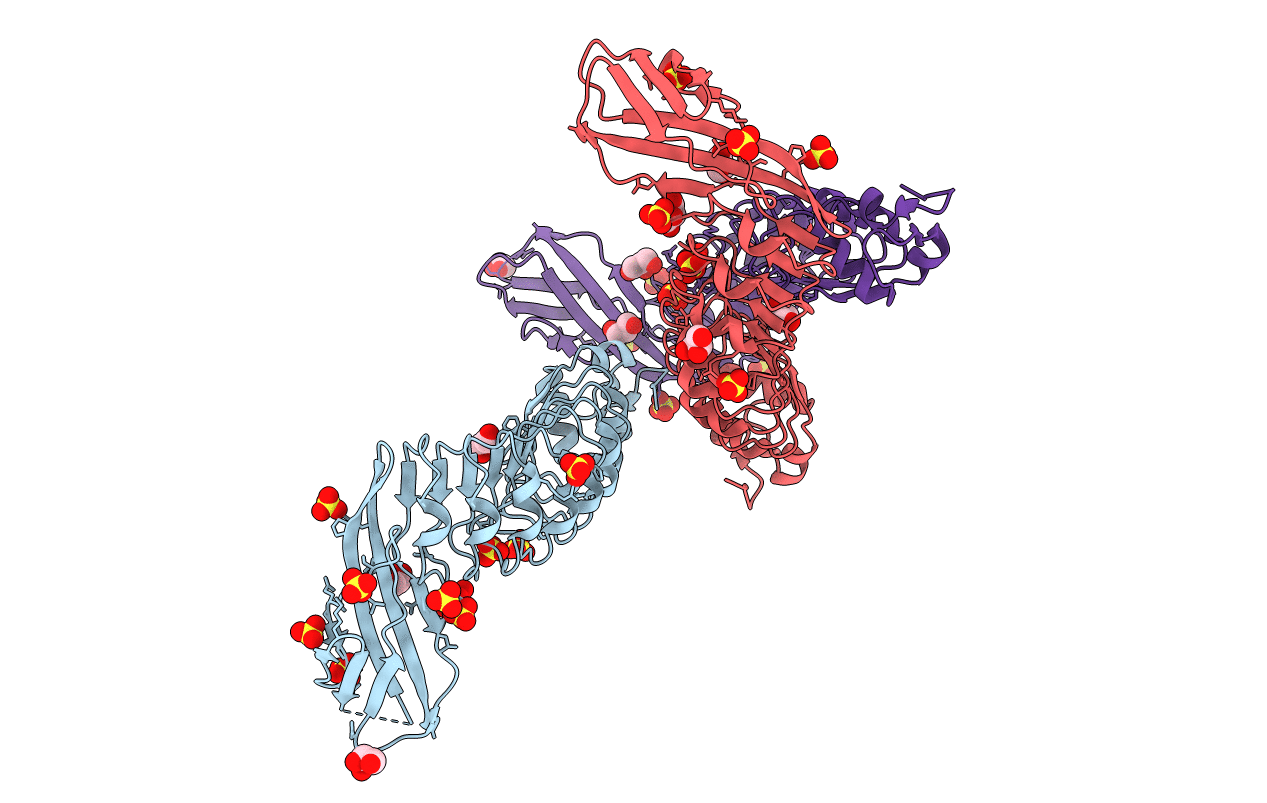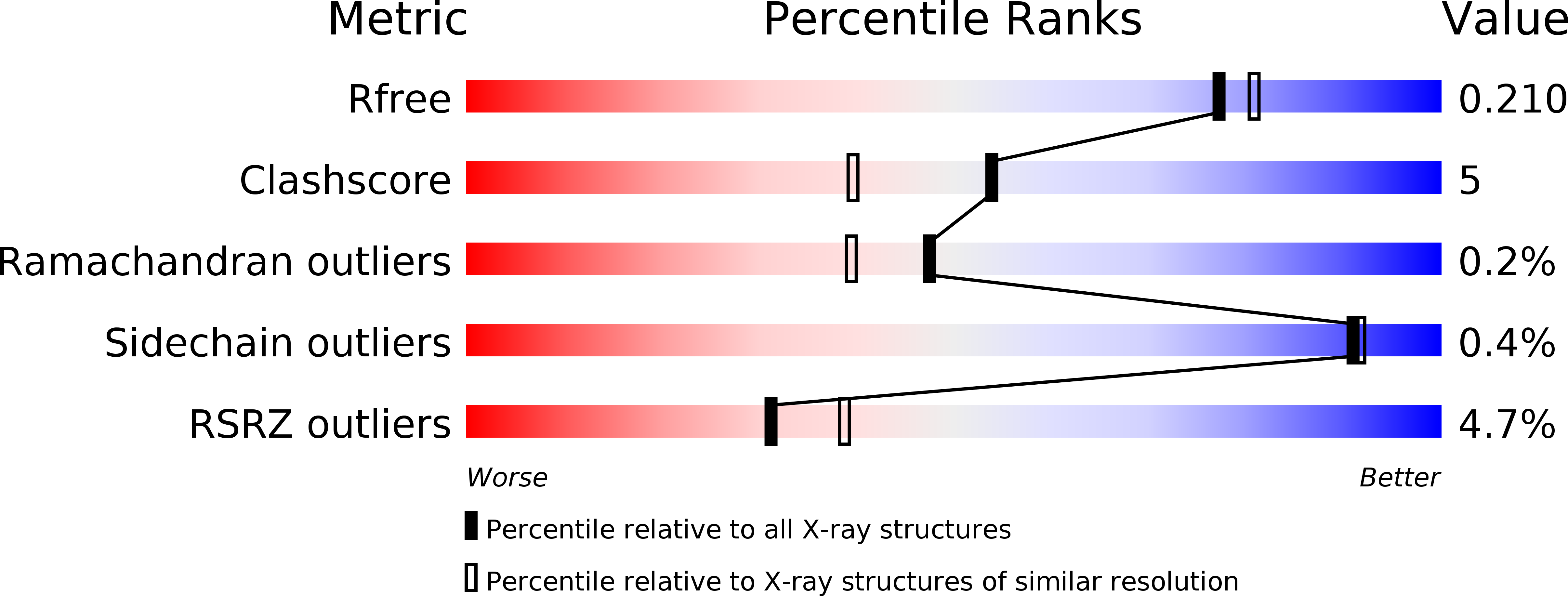
Deposition Date
2012-05-31
Release Date
2012-08-15
Last Version Date
2023-12-20
Entry Detail
PDB ID:
4AW4
Keywords:
Title:
Engineered variant of Listeria monocytogenes InlB internalin domain with an additional leucine rich repeat inserted
Biological Source:
Source Organism:
LISTERIA MONOCYTOGENES (Taxon ID: 169963)
Host Organism:
Method Details:
Experimental Method:
Resolution:
1.93 Å
R-Value Free:
0.20
R-Value Work:
0.16
R-Value Observed:
0.16
Space Group:
C 1 2 1


